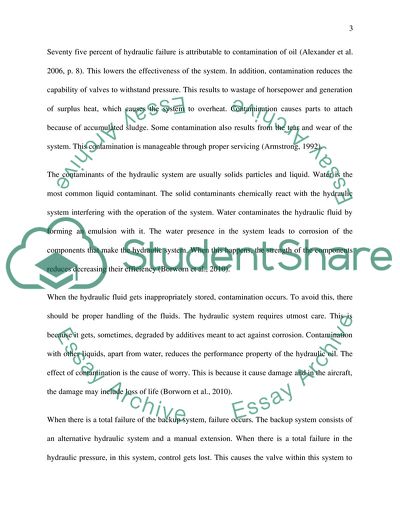Cite this document
(Analysis of Aircraft Incidence Assignment Example | Topics and Well Written Essays - 1500 words, n.d.)
Analysis of Aircraft Incidence Assignment Example | Topics and Well Written Essays - 1500 words. https://studentshare.org/technology/1773499-aircraft-incident
Analysis of Aircraft Incidence Assignment Example | Topics and Well Written Essays - 1500 words. https://studentshare.org/technology/1773499-aircraft-incident
(Analysis of Aircraft Incidence Assignment Example | Topics and Well Written Essays - 1500 Words)
Analysis of Aircraft Incidence Assignment Example | Topics and Well Written Essays - 1500 Words. https://studentshare.org/technology/1773499-aircraft-incident.
Analysis of Aircraft Incidence Assignment Example | Topics and Well Written Essays - 1500 Words. https://studentshare.org/technology/1773499-aircraft-incident.
“Analysis of Aircraft Incidence Assignment Example | Topics and Well Written Essays - 1500 Words”. https://studentshare.org/technology/1773499-aircraft-incident.


